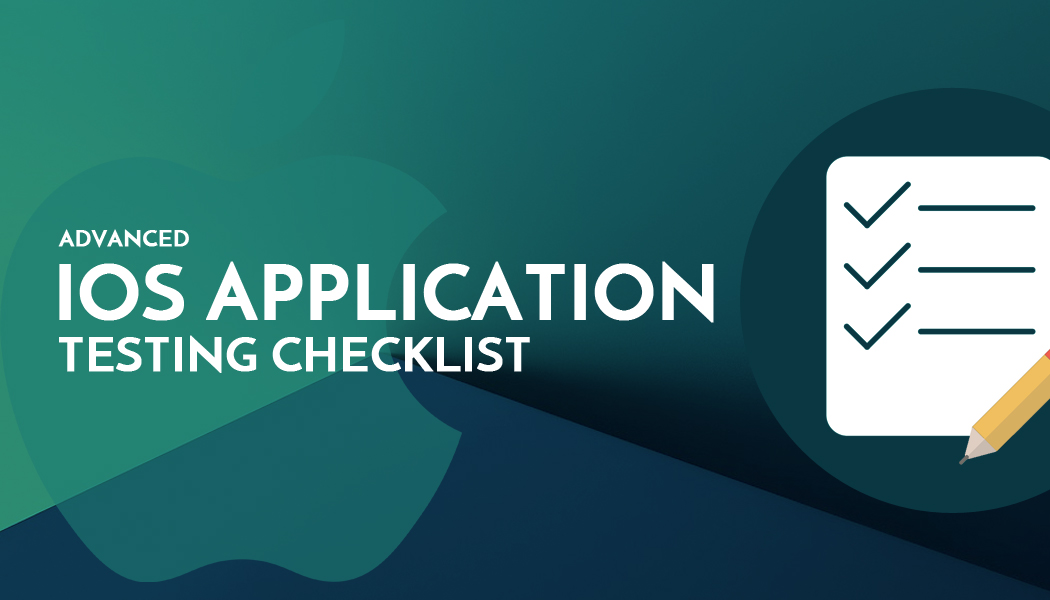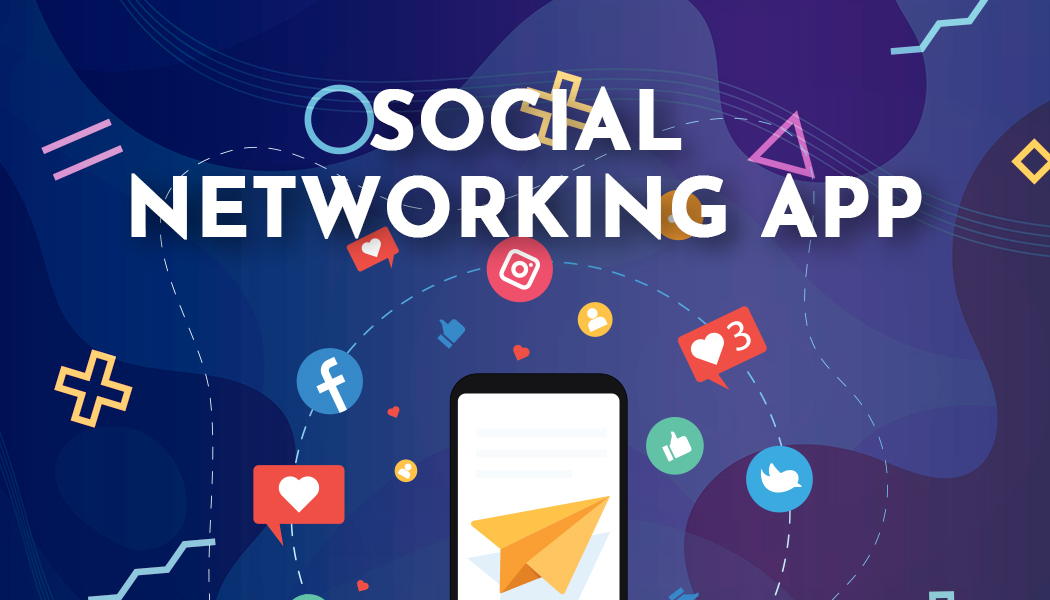Advanced iOS Application Testing Checklist
Mobile Technology has transformed the way people think of technology these days. Whether its consumer apps, enterprise applications, the demand keeps on increasing so that businesses can work more productively. Right from publishers to retailers, automobile dealers, financial service providers, pharmaceuticals, healthcare providers, and mobile application (Android or iOS) usage seems to be expanding through all faucets at lightning speed.
Do you think QA is sexy- I mean do you think it's easy? Definitely not! I personally feel that software testing is one of the most unrewarded and overlooked sides of the entire development process. Moreover, it acts as the go-to blame group when things go south. It may quite interest you to know that many companies think of QA testing as Human Resource Management because it requires a team- a team of best professionals. Being one of the most critical procedures in the cycle of software development, an effective QA won't let the customer piss off away at any cost. Unfortunately, businesses happen to focus either on the design how things look like or on the functionality but forget the fact that if a page takes 12 seconds to load, nobody's going to use it unless they have to - and they'll use it grudgingly at best.
Which mobile platform to develop for? IOS or Android?
The platform war continues to evolve on a daily basis. And it seems that mobile app developers aren't going to settle for either Android or iOS development. Released in 2008, the Apple App store has seen an impressive number of app downloads. Apple devices are widely used in business and enterprises, have you wondered why? It's because of security and intuitive UX. Further, I would like you to enlighten with a few pointers focusing on iOS App Development Checklist.
But before that, you need to ponder certain points such as:
1. Will it work offline?
One of the biggest misunderstandings is whether the app can work without a proper internet connection or not. In the present scenario, apps happen to connect to REST services on a backend system to take the required data and present it to the users. Well, you have three options for that:
- Not usable offline
- Read-only offline
- Read-write offline
The behavior of app matters the most when don't have access to the internet, and of course, it needs to be defined as soon as possible.
2. IPad and/or landscape?
Another crucial point to keep into consideration is whether the app should work on the iPad or not. Although most of the skilled mobile app developers make use of auto layout mode where size classes and all other UI technologies are known in advance to come up with a flexible layout. Another issue is iPad screens are pretty large in size, user-interface of the app can be pretty empty if just the iPhone app is scaled to an iPad screen. So what you can do is ask for a design that can help with proper planning and structuring the project.
3. Does it support different languages?
A skilled developer is always expected to store the texts in the app in a separate file and reference only the keys in code. All you have to do is ask what the supported languages are? For instance, if you wish to incorporate Arabian language as well. You need to come up with an operating system that has support for changing everything from right to left because Arabic languages are from right to left. Have a double check on these small things.
Understand the Mobile Application Testing Strategy
Meet the three pillars:
-
Device Performance
- App startup- How much the app takes to start up? As a general rule, as soon as the user taps on app icon the first screen should be shown in 1-2 seconds or else he or she will move on.
- Battery time- Of course, there are mobile apps that consume a high amount of battery life in comparison to others and heat the phone. It means excessive resource usage creates a burden on the processor and phone gets heat up.
- Memory consumption- When testing an app, memory consumption must be checked in prior. It has been closely observed that around 14% is the memory used by whole O.S, but if there is a new app in town, it turns out to be consuming 11%. This means certain factors must be handled before deploying the app to the real world or giving to the client.
- Hardware/Software Variation- Testing a mobile app, it's necessary to check apps on different devices. In addition to this, the app needs to be tested with different RAM and processor specifications like 1 GB or 2 GB.
- If the app used in the background- Multitasking is preferred by everyone these days. Therefore, it is essential to have an app remain in the same state as it was before. I am pretty afraid, in case if this scenario is not handled properly, then there are high chances of data getting lost.
-
Server/API Performance
- Data- Data is the key source sent and received from the server now and then. In certain apps, data is transmitted in a specified format. Due to which sometimes they become slower and response time becomes longer.
- API calls generated from the app- As the point implies, it all depends on the number of calls received from App under test to the server created. More importantly, it has to be less. However, in some cases, multiple API calls are made for the same functionality. This should be handled with less number of calls; it will surely provide better performance.
- Server downtime- Whenever the server is down, we can show data stored in the native database. Just make sure that the failover/backup server should be in continuous replication and synchronization with the main server.
-
Network Performance-
Here, the performance of the app on different networks and network properties need to be measured.




